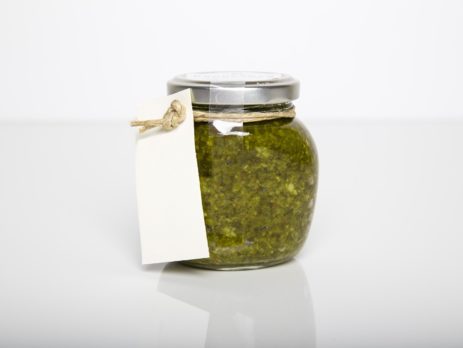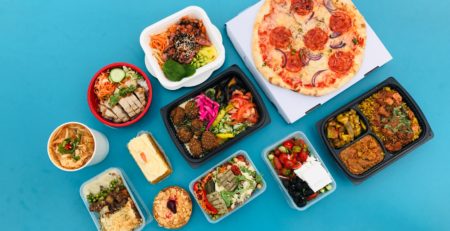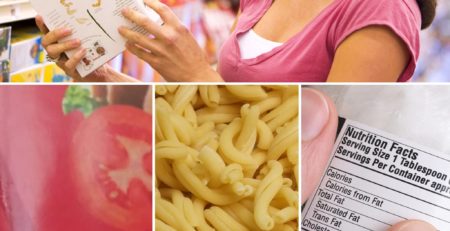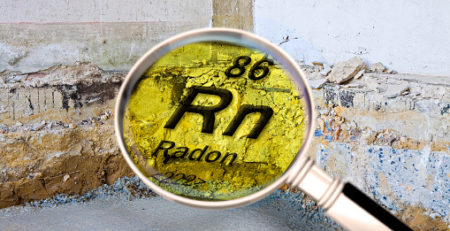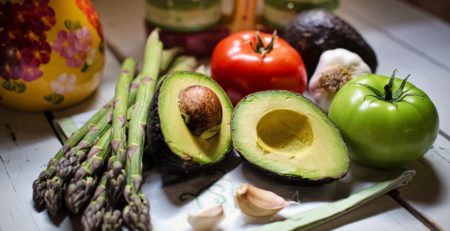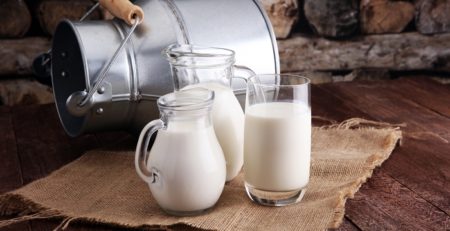Packaging and communication: information and indications for export
In almost every country in the world, Italian food products are synonymous with quality and excellence, and are particularly appreciated by consumers. For this reason, the foreign market has always been an excellent commercial channel for Italian companies.
It is therefore necessary to remember that the label of a food for markets other than ours, has profound differences compared to that of a product marketed according to EU standards.
The label represents a sort of identity card of the product. It must therefore be written in a clear and complete form, as well as being truthful, and be indelible. It must not mislead the recipients and attribute healing properties or prevention of diseases.
In this regard, the EU Regulation No. 1169 of October 25, 2011 and the subsequent integration with the Delegated Regulation (EU) No. 78/2014, have introduced new indications on mandatory and voluntary information for the labeling of food products, thus meeting the need to have common European rules, applied in all member states.
Food labels are the result of legislation that varies from country to country giving instructions not only on the content, but also on the allowed vocabulary, graphic composition and relationship between elements. The purpose of this legislation is to provide the final consumer with an immediate and transparent instrument which guarantees that the product is in line with the current food regulations of the country. It is necessary to take this into account in order to avoid errors that could result in the banning of the food product.
Legal references and main obligations.
According to the provisions of EU Regulation 1169/2011 a pre-packaged food product must mandatorily mention on the label:
– the sales name;
– the list of ingredients, starting with those present in greater quantities;
– the minimum term of conservation or the expiry date;
– the name, company name or registered trademark of the producer;
– the batch (the lot), which indicates all the packages of a given foodstuff, produced, manufactured or packaged under practically identical circumstances
– the net quantity of the product; in the case of products preserved in a liquid, the drained weight must also be indicated
– the method of storage and use
– the nutritional characteristics;
– any ingredient causing allergies or intolerances used in the manufacture or preparation of a food and still present in the finished product, even if in altered form;
– the country of origin or place of provenance where applicable;
– for beverages containing more than 1.2% alcohol by volume, the actual alcoholic strength by volume.
These obligations are generally valid also for other countries outside EU such as Switzerland, China, Russia, Japan, USA…
The compilation of the label requires to verify the compliance with the norms set by the importing country. In order to provide correct information to the consumer, it is generally compulsory to translate the label into the language of the importing country where the product is sold.
Each country can also foresee indications linked to health, for example in the case of the Russian Federation which for alcoholic beverages foresees the obligation to affix written warnings to discourage consumption aimed at at-risk categories, such as pregnant women and minors.
In Russia the labeling of food products must be done on the basis of the Regulation 881 of the Customs Union, which transposes the document EurAsEc TR CU 022/2011.
Food labeling in the USA is regulated by the Food and Drug Administration (CFR 21.101). The regulation establishes a type of labeling totally different from that valid in the EU for the positioning of information and for the relative importance of the same. In the United States of America the way of indicating nutritional information – Nutrition Facts – follows precise rules with respect to the graphic presentation, the expression of the value of nutritional constituents and the positioning on the package: in the relative country sheet indications and consultation methods are provided on the FDA website. In this regard, at the beginning of 2013 the European Commission has established that it is not possible to report on the same package both the nutrition declaration compiled according to the EU scheme and the Nutrition Facts compiled according to US regulations.
In Japan, the law governing food labeling is the Food Labeling Law that came into effect in June 2015. For example regarding allergens, the words “may contain” are not allowed, but “this food was made on production lines where products containing…” are also processed. Allergen labeling is required by the Consumer Affairs Agency (CAA, previously required by the MHLW), on foods that contain any of the following seven ingredients: wheat, buckwheat, eggs, milk, peanuts, shrimp and crab. The CAA also recommends that the following allergens should also be included on the label if they are present in the food: squid, salmon eggs, orange, kiwi, beef, nuts, salmon, mackerel, soy, chicken, pork, Matsutake mushrooms, peach, apple, banana, and jelly.
China‘s food labeling framework is based on the Food Safety Law (2015), which contains the basic principles and general framework for food labeling and presentation in China. However, it should not be underestimated that, in China, much of the detailed legislation is “hidden” in technical standards developed by the Standardization Administration of China (SAC) and various government commissions. These standards are referred to as guobiao (国标) and are distinguished by the initials GB preceding the regulatory identifier.
In Switzerland, the rules governing the characterization of food labels in general and their advertising, are contained in the Federal Department of the Interior (FDHA) Ordinance 817.022.21 on Characterization and Advertising of Foodstuffs of November 23, 2005 (OCDerr). Swiss food laws and regulations are generally in agreement with those prescribed in the food legislation of the European Union. Therefore, in many respects Swiss food requirements are the same as those of the European legislation; in certain cases, however, different levels are required, for example, in the case of residues of certain pesticides as stated in the Ordinance on Foreign Substances and Components (OSoE).
Foodstuffs imported into Switzerland must comply with the characteristics specified in Swiss legislation for foodstuffs in general:
– on hygiene (ORI; SR 817.024.1),
– on additives (OAdd; SR 817.022.31)
– on foreign substances and components (OSoE; SR 817.021.23) as well as for the individual food categories listed in the specific
food categories in the specific ordinances.
If you would like to request a consultation, Studio Santoro‘s team will guide you in choosing the most suitable service for your needs.

